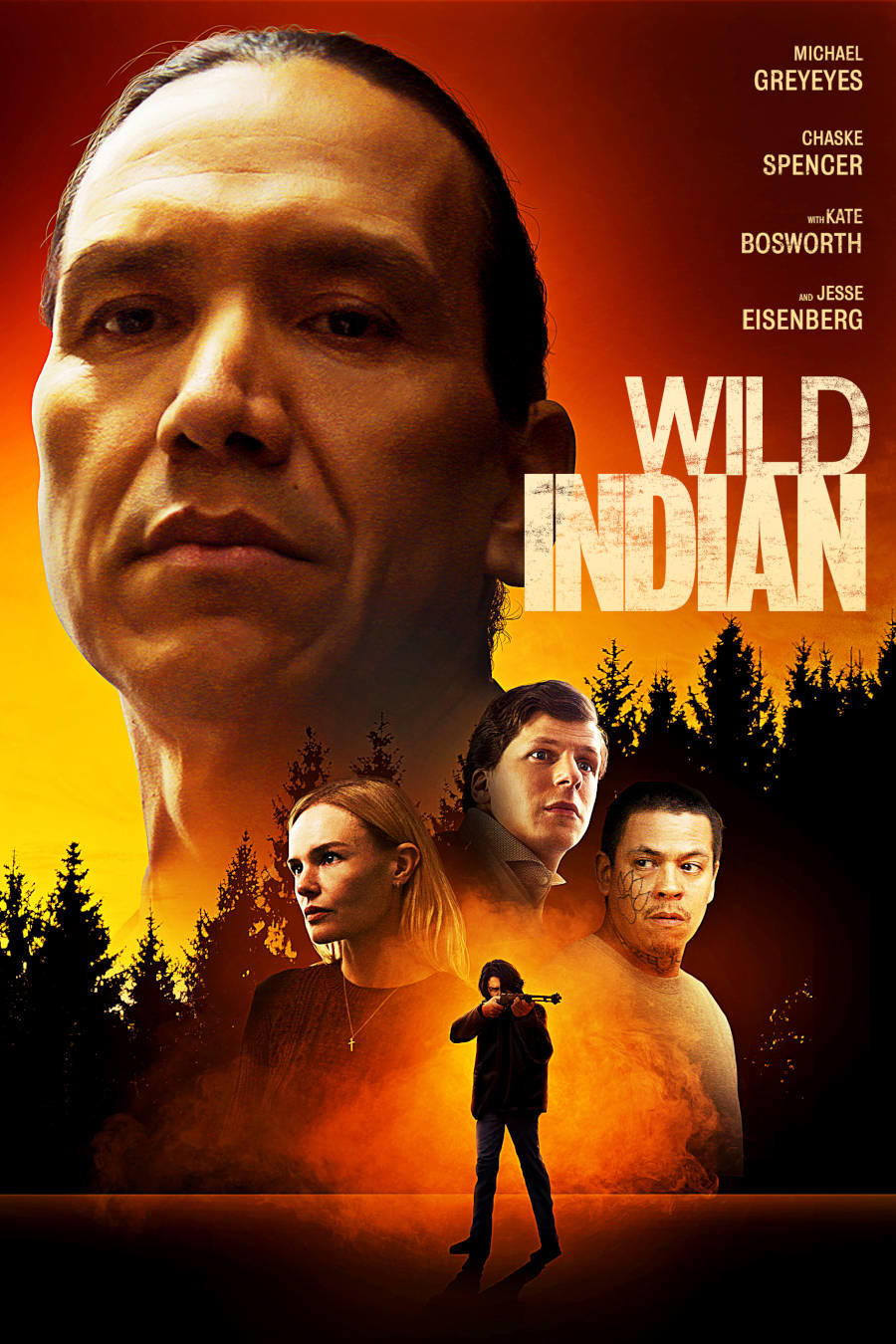

Whooping cough, typhus, dysentery, cholera and starvation were epidemic along the way, and historians estimate that more than 5,000 Cherokee died as a result of the journey.īy 1840, tens of thousands of Native Americans had been driven off of their land in the southeastern states and forced to move across the Mississippi to Indian Territory.

Then, they marched the Indians more than 1,200 miles to Indian Territory. Scott and his troops forced the Cherokee into stockades at bayonet point while his men looted their homes and belongings. President Martin Van Buren sent General Winfield Scott and 7,000 soldiers to expedite the removal process. “We are not parties to its covenants it has not received the sanction of our people.” Nearly 16,000 Cherokees signed Ross’s petition, but Congress approved the treaty anyway.īy 1838, only about 2,000 Cherokees had left their Georgia homeland for Indian Territory. “The instrument in question is not the act of our nation,” wrote the nation’s principal chief, John Ross, in a letter to the U.S. To the federal government, the treaty was a done deal, but many of the Cherokee felt betrayed after all, the negotiators did not represent the tribal government or anyone else. In 1835, a few self-appointed representatives of the Cherokee nation negotiated the Treaty of New Echota, which traded all Cherokee land east of the Mississippi for $5 million, relocation assistance and compensation for lost property. Others thought it was more pragmatic to agree to leave in exchange for money and other concessions.

The Cherokee people were divided: What was the best way to handle the government’s determination to get its hands on their territory? Some wanted to stay and fight. In 1836, the federal government drove the Creeks from their land for the last time: 3,500 of the 15,000 Creeks who set out for Oklahoma did not survive the trip. How Las Vegas Became a Gambling Mecca The Trail of Tears In the southeastern United States, many Choctaw, Chickasaw, Seminole, Creek and Cherokee people embraced these customs and became known as the “Five Civilized Tribes.” The goal of this civilization campaign was to make Native Americans as much like white Americans as possible by encouraging them convert to Christianity, learn to speak and read English and adopt European-style economic practices such as the individual ownership of land and other property (including, in some instances in the South, African slaves). Some officials in the early years of the American republic, such as President George Washington, believed that the best way to solve this “Indian problem” was simply to “civilize” the Native Americans. White Americans, particularly those who lived on the western frontier, often feared and resented the Native Americans they encountered: To them, American Indians seemed to be an unfamiliar, alien people who occupied land that white settlers wanted (and believed they deserved). This difficult and sometimes deadly journey is known as the Trail of Tears. Working on behalf of white settlers who wanted to grow cotton on the Indians’ land, the federal government forced them to leave their homelands and walk hundreds of miles to a specially designated “Indian territory” across the Mississippi River. By the end of the decade, very few natives remained anywhere in the southeastern United States. At the beginning of the 1830s, nearly 125,000 Native Americans lived on millions of acres of land in Georgia, Tennessee, Alabama, North Carolina and Florida–land their ancestors had occupied and cultivated for generations.


 0 kommentar(er)
0 kommentar(er)
